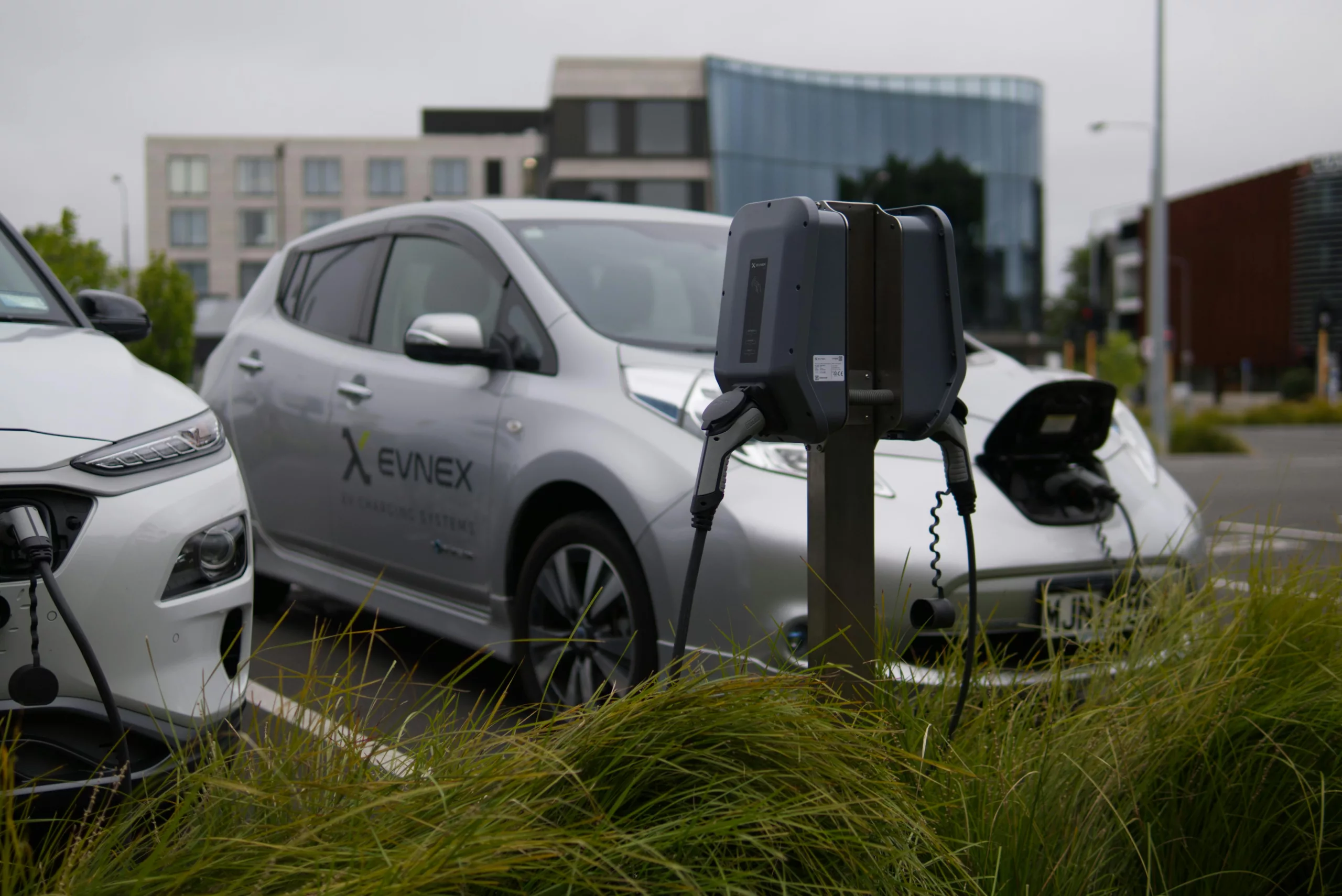In the United States, the comfort associated with charging electric vehicles (EVs) plays a pivotal role in how readily drivers adopt this eco-friendly mode of transportation. American consumers show a marked preference for EVs that promise expansive ranges, with the expectation that a longer range correlates directly with broader national endorsement of electric vehicles.
Understanding EV Range Concerns
The topic of how far an EV can trek on a single charge emerges frequently in media discussions, highlighting a concern that ‘CleanTechnica’ aims to alleviate through comprehensive reporting. With our insightful report, “The State and Promise of EV Charging Infrastructure,” we address the myriad questions surrounding EV charging, intent on bolstering your confidence and supporting the shift towards zero-emission transport.
Our findings reveal that home charging, while convenient, isn’t a viable choice for every EV owner, underscoring the importance of accessible public charging solutions. To affirm the status of EVs as a primary transportation alternative, it is essential that the public charging infrastructure be reliable and readily available.
The Need for a Robust Charging Network
Drivers crave fast and flexible charging stations, positioned in secure settings that cater to consumer needs. In particular, direct current (DC) fast chargers, which offer expedited charging along major travel routes, can significantly bolster a driver’s confidence to embrace longer commutes. The availability of different DC fast charging systems, including the SAE Combined Charging System (CCS), CHAdeMO, and Tesla/North American Charging Standard (NACS), is crucial to supporting diverse EV models and encouraging EV adoption.
Yet, there is an evident hesitance to transition to EVs among consumers, due in part to the current limitations in charging station variety. Advocacy for the growth of national and local charger networks becomes imperative. Compared to Europe, North America lags in electric mobility infrastructure. Even accounting for home charging, projections indicate a need for an 8-fold increase in EV chargers by 2030 to meet anticipated demand.
Thankfully, corporations like Tesla, General Motors, EVgo, and others are initiating significant expansions to their charging networks, leveraging private finances along with federal funding to achieve national EV charging objectives.
Charging Station Growth and EV Adoption
The landscape of the US EV ecosystem is transforming rapidly, moving closer to a balance with traditional internal combustion engine vehicles. Recently, the country has seen a 16% uptick in new public, fast-charging stations, offering a significant boost to charging comfort. These stations, spearheaded by profit-driven companies betting on the EV market’s expansion, suggest a growing commitment to long-term EV utility.
Furthermore, The National Electric Vehicle Infrastructure (NEVI) program envisions a network where fast-charging stations are available every 50 miles along major highways. Several states, including Alaska, Hawaii, and Kentucky, are effectively utilizing NEVI funds to improve their infrastructure.
While EV technology has made swift progress, the development of robust electrical infrastructure, especially in Canada, remains a significant hurdle. With an anticipated surge in the number of plug-in vehicles, the race is on to build new charging stations to keep up with the rapid growth.
Binational Efforts and Battery Considerations
Drivers crossing the US-Canada border can take solace in the collaborative efforts of both nations to form the Binational EV Corridor, aiming to streamline and unify charging experiences. This initiative reflects a shared commitment to alternative fuel infrastructure, supported by substantial funding from both governments.
Conversations around improving EV battery quality to extend the range are commonplace. A 300-mile range has become synonymous with EV ownership satisfaction, with larger batteries providing a heightened sense of security and comfort. However, it’s worth noting that the increased weight and cost of larger batteries present their own environmental and financial challenges. With a rising number of EV models capable of surpassing 300 miles per charge, it is clear that manufacturers are responding to the demand for extended range.
Enhancing Charging Comfort and Overcoming Consumer Hesitation
Automotive companies must consider various strategies to address social, economic, and environmental concerns. Practical driving experience and range awareness can effectively mitigate ‘range anxiety.’ Besides range, other factors influence the decision to switch to EVs. Studies show that women, more environmentally conscious on average, display a greater willingness to purchase green products. Accessible, secure charging stations could greatly influence the decision of many women considering an EV for their next vehicle purchase.
As the narrative on EV charging comfort continues to evolve, insights into consumer behavior and preferences are guiding automotive manufactures towards a future where electric vehicles are not just an alternative but a preferred choice for roadway journeys.
